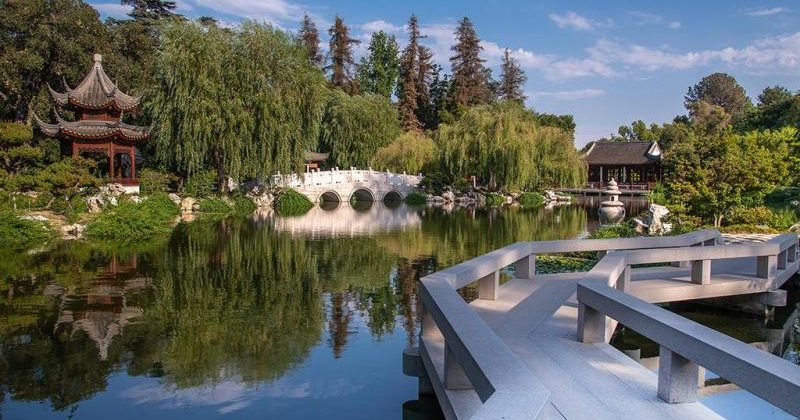Welcome to the Huntington Library and Botanical Gardens, a place where art, nature, and history intersect in beautiful harmony. As you explore this expansive estate, you’ll be walking through the legacy of one of America’s most influential collectors and philanthropists—Henry E. Huntington.
Let’s journey back to the early 20th century. In 1919, Henry Huntington, a railroad magnate with a passion for collecting, purchased the San Marino Ranch. He envisioned a cultural and educational hub, a place where the public could access and appreciate his vast collections of art and rare books. With his wife, Arabella Huntington, they transformed this estate into a haven for art and horticultural excellence.
One of the most significant milestones occurred in 1927, when the Huntington Library first opened its doors to the public. This marked the beginning of its journey as a premier research institution and cultural landmark. The library houses an impressive collection of rare books and manuscripts, including a Gutenberg Bible and the Ellesmere manuscript of Chaucer’s Canterbury Tales. These treasures make it a mecca for scholars and historians from around the world.
The art collections are equally impressive, featuring works from European masters such as Thomas Gainsborough’s ‘The Blue Boy’ and Mary Cassatt’s ‘Breakfast in Bed.’ These artworks reflect the Huntington’s dedication to preserving cultural heritage and sharing it with the public.
The Botanical Gardens are a testament to the Huntington’s passion for horticulture. Spanning over 130 acres, the gardens are home to more than a dozen specialized gardens, including the serene Japanese Garden, the vibrant Desert Garden, and the picturesque Rose Garden. Each garden is a living canvas, evolving through the seasons and offering visitors a chance to experience the beauty and diversity of plant life.
Notable figures have graced this estate as well. Albert Einstein was among the many visitors who marveled at the library’s collections. The Huntington has also hosted countless scholars and artists, cementing its status as a hub of intellectual and artistic exchange.
Over the decades, the Huntington has evolved, yet it remains a beacon of education and discovery. Its commitment to research, art, and nature continues to inspire visitors, scholars, and artists alike. Whether you’re here to study a rare manuscript, admire a masterpiece, or simply enjoy a leisurely stroll through the gardens, the Huntington offers a unique glimpse into a world where history, culture, and nature unite.
Today, the Huntington Library and Botanical Gardens stands not just as a tribute to the past, but as a living, breathing part of our present cultural landscape. It invites us all to explore, learn, and be inspired by the wonders it holds.






